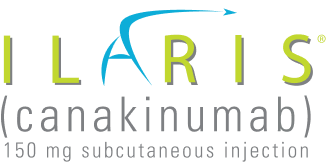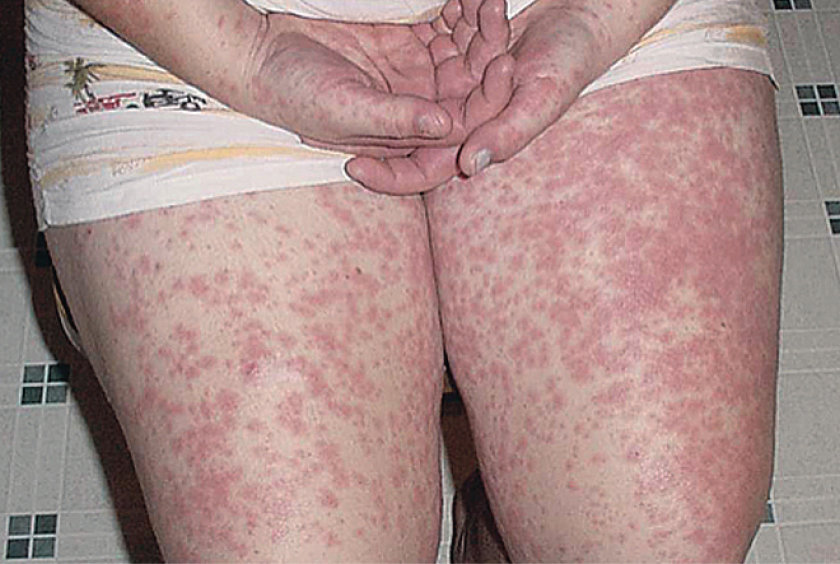![[Left] Man finding a lucky penny. [Right] Man contemplating the luck a penny could bring him.](https://usim.beprod.ilarishcp.com/sites/ilarishcp_com/files/styles/hero_full_width_width_2560/public/2024-08/mkd-hero-image-d.png?itok=5Ywu4cGD)
Hyperimmunoglobulin D Syndrome/Mevalonate Kinase Deficiency (HIDS/MKD)
Not an actual patient. Individual results will vary.
HIDS/MKD is hereditary and can emerge starting in early childhood1-5
|
|
| Cutaneous findings |
|
| Predominant ethnic distribution | Dutch or Northern European |
| Worldwide prevalence or number of cases | >180 |
| Typical age at onset | <1 year |
| Duration of attacks | 3 to 7 days |
| Frequency of attacks | Irregular; 2- to 8-week intervals |
| Gene mutation | MVK |
| Inheritance | Autosomal recessive |
| Other select clinical features |
|
| High serology | Increase in CRP, ESR, IgD, and SAA |
Rash image credit: Reprinted from Textbook of Pediatric Rheumatology. 7th ed. Petty RE et al. Periodic Fever Syndromes and Other Inherited Autoinflammatory Diseases, page 617, 2016, with permission from Elsevier.
References: 1. Hoffman HM, Simon A. Recurrent febrile syndromes—what a rheumatologist needs to know. Nat Rev Rheumatol. 2009;5(5):249-256. doi:10.1038/nrrheum.2009.40 2. Kastner DL. Hereditary periodic fever syndromes. Hematology Am Soc Hematol Educ Program. 2005;(1):74-81. doi:10.1182/asheducation-2005.1.74 3. Barron KS, Kastner DL. Periodic fever syndromes and other inherited autoinflammatory diseases. In: Petty RE, Laxer RM, Lindsley CB, Wedderburn LR, eds. Textbook of Pediatric Rheumatology. 7th ed. Elsevier; 2016:609-626. 4. Haas D, Hoffmann GF. Mevalonate kinase deficiencies: from mevalonic aciduria to hyperimmunoglobulinemia D syndrome. Orphanet J Rare Dis. 2006;1:13. doi:10.1186/1750-1172-1-13 5. Van der Burgh R, ter Haar NM, Boes ML, Frenkel J. Mevalonate kinase deficiency, a metabolic inflammatory disease. Clin Immunol. 2013;147(3):197-206. doi:10.1016/j.clim.2012.09.011

